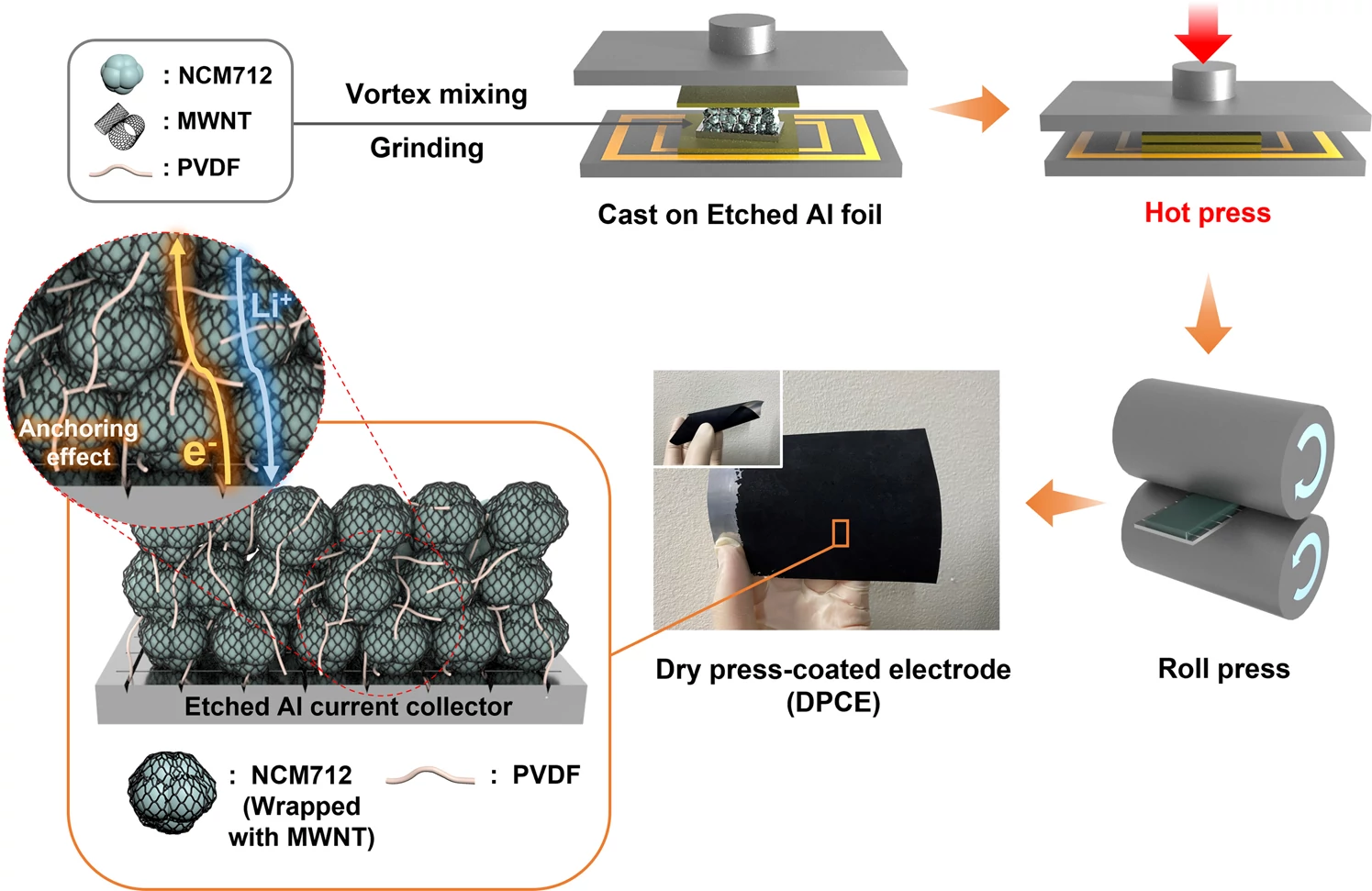Product testing Product testing is a key link to ensure...
Battery coating and drying
Coating and drying are crucial steps in the manufacturing process of battery electrodes, which determine the uniformity of electrode materials, performance and long-term stability of the battery. Coating is to evenly coat the slurry to the surface of the collector (such as aluminum foil or copper foil), drying is to remove the solvent, so that the electrode material firmly attached.
Battery coating and drying

Coating and drying are the key process steps in the manufacture of battery electrodes. The coating process requires precise control of the coating thickness and uniformity of the paste, while the drying process requires reasonable control of temperature and time to remove solvents and ensure electrode stability. The two complement each other to ensure the performance and productivity of the final battery electrode.
Main process
Coating technology
Coating is the process of evenly coating the slurry on the fluid collector, and the key is to ensure the coating thickness and coating uniformity. Too thick or too thin a coating can affect battery performance. When coating, ensure that the fluid collecting surface is clean to ensure good adhesion.
The coating process requires precise control of coating thickness and uniformity to ensure the quality of the electrode material and the stability of the battery.
Drying process
The purpose of drying is to remove the solvent in the paste after coating to ensure that the electrode material is firmly attached. When drying, it is necessary to strictly control the temperature and time to avoid excessive temperature damage to the material, or too short time to cause solvent residue.
The drying process requires precise control of temperature and time to ensure the thorough removal of solvents and ensure the performance and stability of electrode materials.
Comprehensive control of coating and drying
Coating and drying are closely related process links. The drying process should be initiated immediately after coating to ensure that the coating is not disturbed before curing. The coating speed and drying speed should be matched to ensure the uniformity and stability of the paste.
Coating and drying must be coordinated to ensure that the electrode material is uniform and stable, and to avoid affecting the battery performance due to process mismatch.

low-speed car batteries
Low-speed vehicle battery is a kind of battery designed for low-speed electric vehicles, which has the characteristics of clean, environmental protection, high efficiency and economy, and is widely used in electric golf carts, low-speed electric vehicles (LSV), mobile vendors, campus transportation, cargo trucks and so on
Extended reading
Product packaging and delivery
Product packaging and delivery The packaging and delivery of battery...
Product information expansion
Product information expansion Understanding low-speed vehicle battery product information is...
Product composition
Low-speed lithium battery product composition Understanding the product composition of...
THE ESSC Brand promise
Global supply
Our products sell well all over the world, covering many countries and regions, through the global logistics network, to provide customers with convenient purchasing experience.
Rigorous quality
We adhere to the highest quality control standards to ensure every product meets industry regulations and customer expectations, earning trust through consistent excellence.
Excellent service
With a customer-centric approach, we provide prompt responses, professional support, and personalized services, aiming to deliver the best user experience and long-term value.





